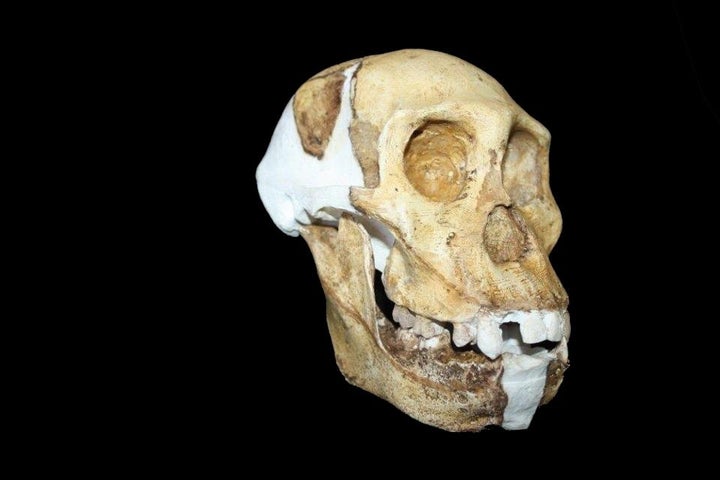
Specimens discovered in South Africa 10 years ago are from a long-sought missing link in our knowledge of human evolution, scientists concluded in a new research study.
The partly fossilized 2-million-year-old bones of an adult female and a juvenile male were found in 2008 in a cavern in Malapa near Johannesburg.
Researchers discovered that the Australopithecus sediba species is closely related to the Homo genus and fills a key gap in the chain of human evolution between early humans and our more apelike ancestors. The fossils are distinctive yet similar to species along the same timeline, according to researchers.
Scientists said they believe Australopithecus sediba was the bridge between the apelike Australopithecus africanus and remnants of Homo habilis, which used tools 1.5 million to 2.1 million years ago.
All three species “spent significant time climbing in trees, perhaps for foraging and protection from predators,” according to the study in the journal PaleoAnthropology.
Australopithecus sediba’s hands have grasping capabilities more advanced than those of Homo habilis, which suggests that the species may also have used tools.
“This larger picture sheds light on the lifeways of Au. sediba and also on a major transition in hominin evolution,” wrote lead researcher Scott Williams of New York University.
The discovery has been the subject of a contentious debate. Some scientists said they believe the specimens are not from a new species, while others said they thought the bones may be examples of two new species.
The remains of Australopithecus sediba were found by a 9-year-old boy named Matthew who stopped to look at a rock he had tripped on while walking his dog.
“Imagine for a moment that Matthew stumbled over the rock and continued following his dog without noticing the fossil,” the scientists wrote in their study. “If those events had occurred instead, out science would not know about Au. sediba, but those fossils would still be there, still encased in calcified clastic sediments, still waiting to be discovered.”
Correction: An earlier version of this article said that the 3-million-year-old skeletal finds in Africa dubbed Lucy represented the Australopithecus africanus species. Lucy actually represented a different species, Australopithecus afarensis.
